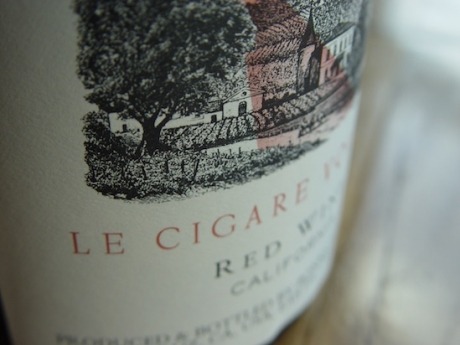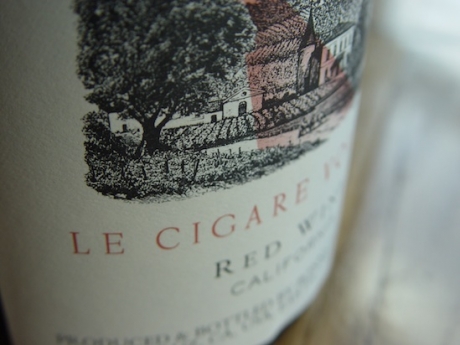Bonny Doon Winery's New Venture
Randall Grahm has always moonwalked to a different saxophonist.
In the 1980s, when everyone else in California was still gaga over Bordeaux varieties Cabernet Sauvignon and Merlot, Grahm's Bonny Doon winery in Santa Cruz County started churning out Rhône varietal blends. Instead of giving his creations "serious" names, he trotted out "Le Cigare Volant," "Big House Red" and "Cardinal Zin." His label designs were — well, different. You didn't need a corkscrew to open his wines, just a strong wrist. Deciphering his promotional prose was like reading CliffsNotes for Cervantes. He spelled Grahm without the second "a." Oh, yeah, and he made delicious wines.
Consumers and wine writers drank it all up, and everyone rushed to copy him. Now the Prince of Puns has decided to turn his own world "upside doon," to contract, rather than expand, his "Dooniverse."
"When I turned 50, I had a child (daughter Amélie)," Grahm, now 57, said recently by way of explanation as we talked and tasted his wines in Philadelphia. "The next year, I had a serious medical problem. I suddenly got a whiff of mortality." Grahm is an angular fellow, a bit like a Giacometti sculpture come to flesh, with shoulder-length hair tucked under a black cap. He wears Ben Franklin-style specs, his wide smile is infectious and the "Contra" T shirt he wears under an open brown sweater refers to one of his wines and is not necessarily a political statement.
At about the same time Grahm was nosing mortality, he was also becoming a student of terroir-ism, which believes that wines should reflect the place where the grapes are grown more than what is achieved in the winery (expressionism). Having been among the first to use such winery processes as micro-oxygenization, he decided to go the other way and explore organic and biodynamic agriculture. "Most of my life as a winemaker, I was a craftsperson, a manipulator, if you will," he says with a conspiratorial grin. "I'm at a different place right now. It has been a subordination of my ego."
Grahm began to slowly divest his empire for two reasons: It's almost impossible to be taken seriously about terroir and biodynamic wines when you're buying someone else's grapes for your biggest-selling bottles, and, making the "original" wines that Grahm now coveted needed large cash.
"Selling Big House five years ago was a big shift in gears," he says. Cardinal Zin was similarly defrocked. Six months ago, he set free his Soledad vineyard, and two months ago, Pacific Rim, the Oregon-based Riesling venture, was cut adrift.
And so he purchased a property near San Juan Bautista, a still somewhat-wild enclave east of Santa Cruz and Monterey County, to start over. "I'll have to continue to buy grapes for another 5-6 years until it starts producing," Grahm says. (It should be noted that the wines he is making now are excellent drinks, especially the Bonny Doon Albariño, Syrah, Muscat and the Le Cigare wines.)
But he is excited about the new vineyard, which he is developing with the assistance of Hans-Peter Schmidt, who originated a bio-char plus composting method to increase micro-life in the soil, and terroir guru Claude Bourguignon. Grahm admits that he is both excited and overwhelmed at trying to learn what his new terrroir will grow best within what he calculates is a somewhat-limited time frame.
"I'm not sweating about getting it exactly right," he says. "And first, I have to figure out how to dry farm" — that is, without irrigation, the California norm. He also plans to get away from the efficiency of buying bench-grafted vines — again, the norm — and plans to plant rootstock first and insert the buds later. Plus, "I love the idea of poly-agriculture," where the grapes will have a supporting cast of other growing things.
"I want a homeostatic system that will give me feedback," he sums things up.
A couple of years ago, Grahm wrote the award-winning memoir, Been Doon So Long It Looks Like Up to Me. Get ready for Part Deux: Doon It All Over.

